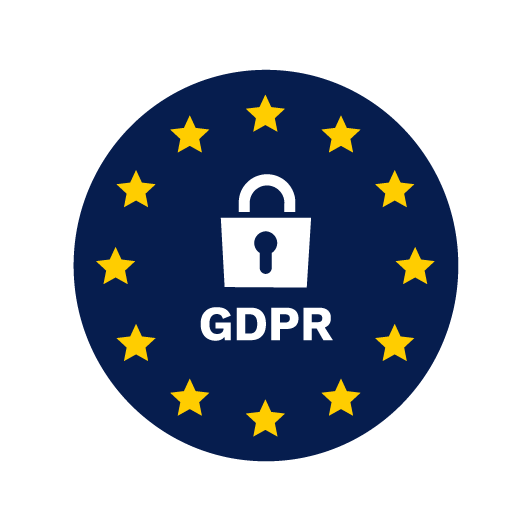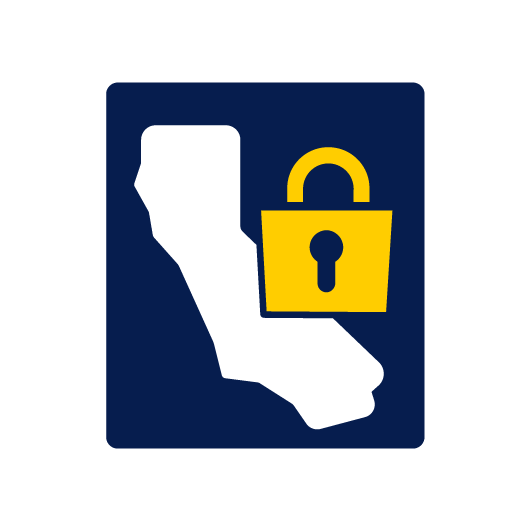Why Are Electronic Audits the New Industry Standard?
Auditing is a critical part of any successful business. It detects and prevents risky malfunctions, earns certifications that boost credibility, and provides companies with valuable insights that streamline processes and increase profits.
Companies have been performing audits for ages. While traditional auditing methods do work, new electronic auditing technology is transforming the way organizations perform and utilize audits. They yield more accurate results with greater efficiency and lower costs.
In this post, we’re covering why electronic audits are the new industry standard and what they can do for your bottom line.
What are electronic audits?
Electronic audits, or electronic auditing software, are technology tools used to review a company’s processes, data, financial records, etc.
Through electronic audits, organizations can maintain an electronic audit trail that allows them to track their progress and identify areas where further action may be needed. An electronic audit also provides more control over the auditing process, allowing organizations to maintain the highest levels of accuracy and efficiency. By leveraging electronic audits, organizations can increase their visibility across all branches and have better insight into their business operations. Electronic audits allow for streamlined reporting processes, helping business entities make quicker decisions with greater precision.
Internal electronic audit programs combine electronic networks with intelligent algorithms to
automate the auditing process. The electronic audit system can detect inconsistencies and unusually high figures, which provides more reliable results than manual audits. Since electronic auditing software inspects data from various sources at once, it occurs rapidly without needing employee effort or input. Electronic audits provide companies with accurate, real-time feedback about their performance and flag potential risks to the organization.

Electronic audits vs traditional audits
Traditional audits are performed manually and require physical storage space for records, documents, processes, etc. This makes them time-consuming, tedious, and susceptible to human error. The shift to electronic audits is mainly due to their efficiency, accessibility, and reliability.
Electronic audits are much faster and more efficient than standard audit processes, saving businesses both time and money.
Employees can perform electronic audits from any device or location with an internet connection in a fraction of the time required by traditional audits.
Because electronic audits are performed digitally, all documents are stored and organized in a cloud and/or physical hard drive. This results in greater accuracy and security, as well as significantly fewer errors than traditional methods. Stakeholders can access the documents anywhere, anytime. You can set permissions to improve security while keeping documents accessible to those who need them, bypassing the security risk associated with physical files, local servers, and hard drives.
Electronic data storage enables in-depth monitoring of process changes over time. In addition to certifying compliance, organizations can use this data to track efficiency trends and observe the impact of specific corrective actions. Keeping a close eye on data helps businesses remain proactive, detecting and mitigating risks before they impact operations.
8 reasons why electronic audits are the new industry standard
While traditional auditing methods have worked in the past, new digital auditing technology has transformed the way audits are performed and utilized by organizations. This new and improved auditing method provides more accurate results with greater efficiency and lower costs. Here are the top reasons why electronic audits are becoming the new industry standard:
1. Efficiency
Auditing used to be a time-consuming process, with the risk of human error leaving the door open for inaccuracies – until data analytics technology revolutionized it. Electronic audits allow businesses to analyze vast amounts of information quickly and easily, saving both time and effort while delivering more accurate outcomes than traditional auditing methods.
Traditionally, auditors have to sift through every single verification document manually. Spotting errors and anomalies with this method requires a meticulous eye, which is why traditional audits are often less accurate than electronic audits.
Data analytics tools accurately identify malfunctions, errors, and anomalies in a fraction of the time, bypassing the risk of inaccuracy in the process.
2. Risk management
Electronic audits empower organizations to make data-driven decisions and manage risks more effectively. Sophisticated analytics identify weaknesses in operations, providing insight into data trends and flagging irregularities with better accuracy than traditional audits. This creates a smoother auditing experience that safeguards companies against risk and inefficiency, ensuring long-term success.
3. Credibility
The enhanced accuracy, reliability, and transparency electronic audits provide make them more trustworthy. Organizations that transition to electronic audits will appear more credible to investors, regulatory bodies, governmental agencies, and even customers.
4. Transparency
Electronic audits add a level of transparency that facilitates trust between organizations, auditors, policymakers, and regulators. The organization can use collaborative tools to follow audit progress in real-time, providing additional information as needed. This process also results in a clearer audit trail, simplifying the process of securing compliance with relevant company policies, industry regulations, and accreditation standards.
5. Cost-effectiveness
Electronic audits are more cost-effective than traditional audits for quite a few reasons. While there are upfront software costs involved, the total cost to perform a digital audit is far less expensive than that of traditional audits.
One study compared digital and traditional audit costs for two firms and found that they saved 100,608.00 USD and 57,488.80 USD per year by switching to digital, increasing profitability from 9 and 7 percent to 38 and 31 percent.
Because they are so much faster, labor costs drop significantly. Better accuracy lowers the risk of malfunction, noncompliance, and inefficient operations– all of which are costly to correct.
Companies can also store more data without the need to pay for physical storage. E-audits do not require any document handling or shipping fees.
Because audit data is stored in the cloud, it can be accessed by relevant stakeholders anytime, anywhere eliminating expenses from audit-related travel.
6. Accuracy
Electronic auditing systems are more accurate in every aspect. Sophisticated analytics and continuous auditing provide meticulous and consistent audit results.
Digital audits use an ongoing auditing process called continuous auditing designed to ensure an organization's internal operations adhere to relevant regulations and best practices at all times. The process runs on automation, continually analyzing operations, processes, data, reports, and system behavior for irregularities. Continuous auditing allows organizations to be more proactive in managing regulatory risk and identifying any potential issues before they become costly problems.
By automating repetitive tasks like data collection, analysis, reporting, and follow-up implementation, electronic audits come as close as you can get to completely eliminating errors. Software can identify trends manual audits miss, making results extremely reliable.
7. Accessibility
When you have a business to run, every bit of storage space is an asset– even down to the last filing cabinet. Managing physical audit documents is inconvenient. Getting them into the right hands at the right time is no small feat. Once they get unorganized, locating a single file becomes nearly impossible.
Electronic audits store data in the cloud, providing access anywhere at any time. Security permissions safeguard the data against unauthorized access and file sharing is easy and secure, even without the need for complex file transfer protocols.
Organizations with audits in multiple locations can view electronic audit data from anywhere, eliminating the need to travel for physical document review. This means users can monitor multiple areas of operations simultaneously, reducing audit fatigue while improving accuracy and efficiency.
8. Security
Electronic audit software uses data encryption to enable the secure transmission and storage of sensitive information. This precautionary measure protects audit data from data breaches and unauthorized access.
Additional security measures taken include user authentication and permission-based access. Digital audit data can be backed up and recovered in the case of a system failure.
In case of emergency, digital audit software lets users examine who accessed what data at what time.
Regulatory bodies that recommend using electronic audits
Many regulatory bodies recommend organizations use electronic audits for better accuracy, efficiency, and security. Here are a few examples:
- Internal Revenue Service (IRS): encourages digital auditing for tax-related activities
- Securities and Exchange Commission (SEC): encourages using electronic audits for more reliable, accurate financial reporting. They’ve also issued guidance on using electronic audit software and data analytics.
- International Auditing and Assurance Standards Board (IAASB): recommends auditors consider using electronic audit techniques like data analytics and continuous auditing for better efficiency and effectiveness.
- Federal Communications Commission (FCC): supports electronically verified regulatory filings from telecoms businesses
- Public Company Accounting Oversight Board (PCAOB): requires publicly traded companies to use an electronic audit system for accurate financial reporting with a lower risk of error and fraud.
- Association of Chartered Certified Accountants (ACCA): recommends auditors consider using electronic auditing tools and techniques for more efficient, effective, and secure audits.

In a nutshell
Auditing is a critical part of any successful business, and new electronic auditing technology is transforming the way organizations perform and utilize audits. While the adoption of electronic audits may require some initial investment in tools and technologies, the long-term benefits of e-audits are likely to far outweigh these costs. They yield more accurate results with greater efficiency and lower costs.
If your organization is not already using this new technology, you may be at a competitive disadvantage. Electronic auditors can help you earn certifications that boost credibility, prevent risky malfunctions, and provide you with valuable insights that streamline processes and increase profits.
It’s time to ditch paper audits. Our easy-to-use platform allows you to streamline your audit process, improve data accuracy, and reduce turnaround time. Sign up for a free trial today and see how Forms on Fire can revolutionize your
audits.




